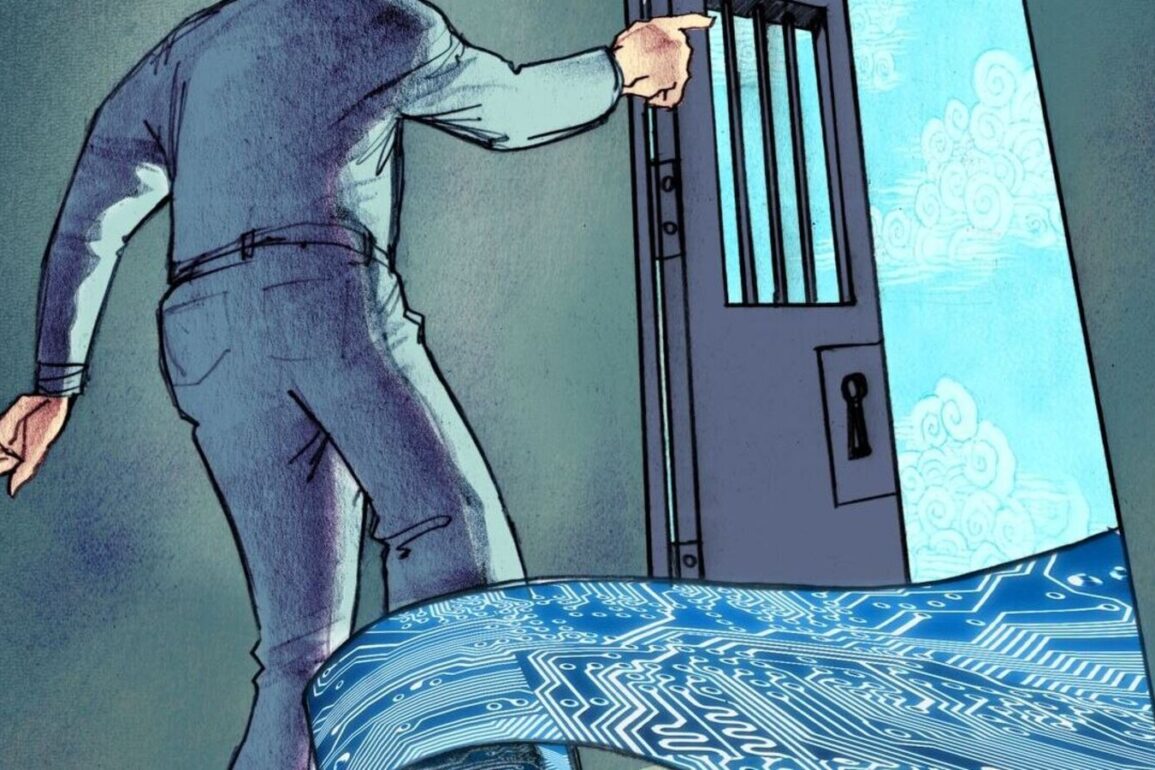
Rehabilitation used to be the mainstay of criminal justice in the U.S. In a famous 1959 essay, law professor Francis A. Allen wrote that “in some quarters it is almost assumed that matters of treatment and reform of the offender are the only questions worthy of serious attention in the whole field of criminal justice and corrections.”
Two decades later, that liberal ideal had collapsed thanks to the largest violent crime wave in the 20th century and the discovery that few rehabilitation programs worked. “Nothing works” became the new mantra and incapacitation the new rallying cry of penology.
Though crime has declined dramatically since the early 1990s, most analysts think that our get-tough policies, such as harsher sentencing schemes, are mainly responsible. Few believe rehabilitation deserves the credit. There is good reason for this. More than 80% of inmates released from state prisons recidivate. The most recent available data are from 2021, when nearly 236,000 probationers and parolees failed to comply with the requirements of their release and were incarcerated. Violations of probation or parole are responsible for 27% of prison admissions in the U.S.
Despite what we’ve learned about rehabilitation over the past five decades, we still don’t know how to reform prisoners. Perhaps nobody does. Even some of the most progressive prison systems in the world generate sizable numbers of repeat offenders. The percentage of released prisoners who are reconvicted within two years in Denmark and Sweden is 63% and 61%, respectively.
It is possible that for most inmates imprisonment isn’t compatible with rehabilitation. Reform requires a self-generated transformation that leads to law-abiding behavior, but the inherent absence of freedom in jails and prisons stifles one’s ability to choose a path to reintegration. Young adults in the free world have this choice, from marriage and family to schooling and a variety of work experiences. Prisons can’t provide these options.
Once released, former inmates find that “going straight” isn’t straightforward. It’s easy to slide back into old ways, with the same bad friends engaging in the same bad behavior. In this post-release phase, where interventions can be especially effective, ex-offenders need help. Young men released from jail or prison face powerful incentives to commit more crimes that must be offset by counter-inducements to conform to the law. Electronic monitoring can create these positive incentives.
What ex-prisoners need most at this stage is a constant reminder to choose the right path. Parole and probation officers aren’t in the constant-reminder business given their large caseloads. Technology doesn’t face that limitation. Electronic monitoring, unlike even well-intentioned humans, can provide constant audible reminders: “Meet with your parole officer”; “attend your drug-rehab meeting”; “don’t go near your victim’s apartment” and so on. Because the offender knows he is being monitored, he will be more reluctant to reoffend. Yet unlike prison, electronic monitoring allows him to choose his path to integration without the constraints of metal bars or lockdowns.
Tech is becoming ubiquitous in our lives and can be a potent force for good for the deinstitutionalized. Already it’s being used to that end. A Florida study, supported by the U.S. Justice Department and involving more than 5,000 medium- and high-risk offenders placed on electronic monitoring over a six-year period, found that the method reduced their risk of failure by 31%.
Electronic monitoring is intrusive and limiting, but that is unavoidable. Any intervention that monitors someone, requiring him to wear and charge a device and to report his location to government authorities, necessarily inhibits his freedom. The proper criterion isn’t whether the monitored subject is less free than the unmonitored; it’s whether he’s freer than the imprisoned. Doubtless he is.
As technology advances we will develop less stigmatizing and more effective ways to monitor former prisoners electronically. Experiments are under way to use smartwatches instead of ankle bracelets. If we can ensure the right person is wearing the device around the clock, this could be a significant breakthrough.
Despite electronic monitoring’s great promise for offenders, leftist advocacy groups and even some judges have trained their ire on the technology. This is puzzling. Liberals still support rehabilitation and urge government to adopt more addiction-treatment and mental-health services—even though these services alone don’t sharply reduce recidivism. These advocates also favor vocational training as a means of reintegration, which hasn’t been effective. Why then would those who purport to care about the incarcerated reject a useful tool to help ex-offenders turn their lives around and avoid wasting years behind bars?
Some on the left will say that we shouldn’t be incarcerating so many people in the first place, especially if prisons don’t succeed at rehabilitation. This misunderstands why we incarcerate people, which is for our sake, not theirs. We must do what we can to protect the public, deter others and punish the deserving. Given that more than 62% of state prisoners are behind bars for serious violent crime, and most of the rest were convicted of such offenses as burglary, car theft, drug trafficking and weapons violations, decarceration isn’t an option.
Once offenders are released, electronic monitoring offers the best opportunity to achieve reintegration into law-abiding society while ensuring public safety. After half a century we can finally say that something works, even if today’s “reformers” don’t want it.
Mr. Latzer is an emeritus professor of criminal justice at John Jay College of Criminal Justice and author of “The Myth of Overpunishment: A Defense of the American Justice System and a Proposal to Reduce Incarceration While Protecting the Public.”
Milestone Alert!
Livemint tops charts as the fastest growing news website in the world 🌏 Click here to know more.
This post was originally published on this site be sure to check out more of their content.









